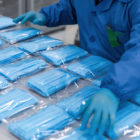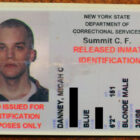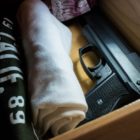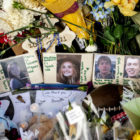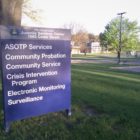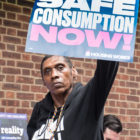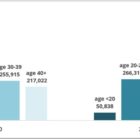
Upcoming study aims to gauge prevalence and impact of traumatic brain injury on juveniles in detention
|
Traumatic brain injury among juvenile offenders will be assessed as part of a three-year research project that’s slated to enroll the first of roughly 110 youth and young adult study participants in Florida as early as late January. Ultimately, the study aims to determine which TBI treatments might help keep those youth from cycling in and out of detention, complete their education and succeed at work.
